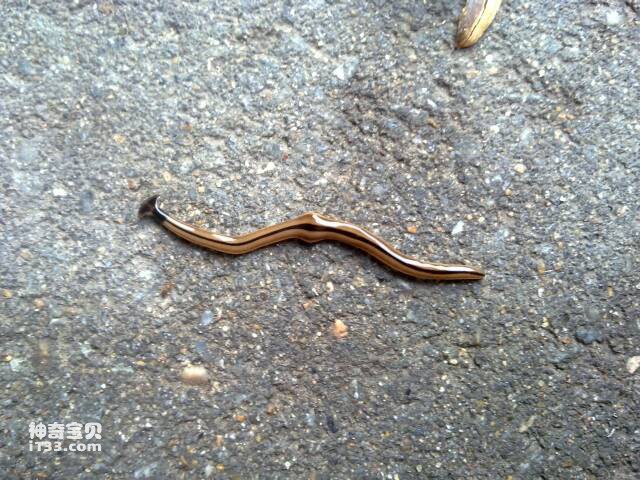Even if a flatworm called "planaria" is cut into hundreds of segments, a complete planarian will regenerate from each segment after a week or two. The super regenerative ability of planarians has always attracted the attention of researchers. Previously, German researchers discovered a protein that plays a key regulatory role in the regeneration ability of planarians, and Japanese scientists have made a new discovery.

German researchers have discovered that the secret of planarian regeneration lies in the presence of a type of totipotent stem cell distributed throughout the body. After the planarian's body is cut off, these stem cells can transform into nerves, muscles, intestines and other tissue cells, and regrow the lost parts. After scientists inhibited the synthesis of a protein called "Smed-SmB" in planarians through genetic manipulation, the planarians lost their ability to regenerate.
Japanese researchers are interested in why, after the planarian is cut into three pieces, the middle segment still regenerates the head on the side near the head, and the tail regenerates on the side near the tail. A research team at Kyoto University studied in detail the genetic changes in the stem cells of planarians after they were cut off, and found that in the part near the head, a gene called "extracellular regulated protein kinase" is actively expressed, prompting its regeneration; Near the tail, a gene called "beta-catenin" is actively expressed, prompting it to regenerate its tail.
The researchers also found that a planarian named "Kawakatsu Ho" is an exception. Its severed tail section will not regenerate its head. Further research found that in the tail direction, due to the influence of "β-catenin", the function of "extracellular regulated protein kinase" is weakened. If the expression of "β-catenin" gene is inhibited, this section of the tail can also regenerate.
The researchers said that the above findings are expected to help develop new stem cell regenerative medical technology. The relevant paper has been published in the British magazine Nature.
We created this article in conjunction with AI technology, then made sure it was fact-checked and edited by a Animals Top editor.